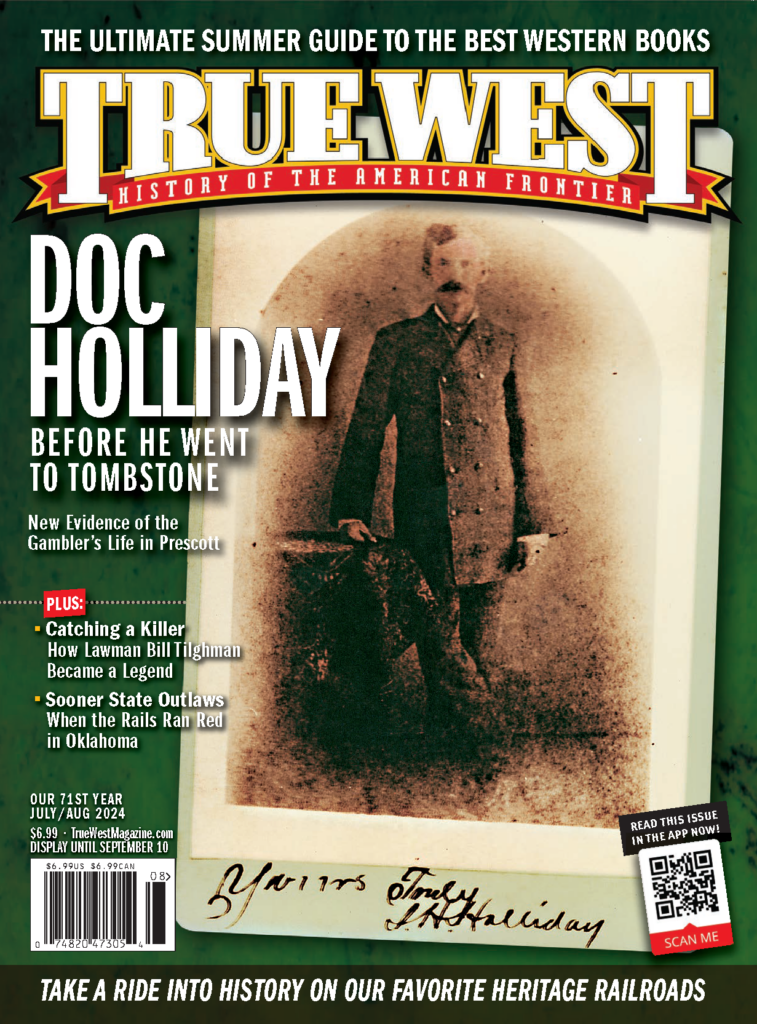
One of the most unusual roadways in the West was the famed Plank Road west of Yuma. Built in 1916 out of wooden planks, it crossed the White Sand Hills between Yuma and Holtville, California. The road was only 8-feet wide and held together by three strands of cable. It was also portable and laid out in 12-foot sections, which could be moved whenever the shifting, drifting sands demanded it. The speed limit was 10 mph, but it was said the passengers complained of seeing double when speeds of over 7 mph were reached on the bumpy thoroughfare. Service stations sold, along with gas and oil, but shovels as well. Travelers would deflate the tires on their Model T’s from 65 lbs. to about 15 lbs. then using canvas or water hose, they would make several wraps around the wheels, thus giving them better traction.
The constant shifting sands would cause the road to move or be buried, halting traffic between Yuma and San Diego to be halted for as much as a week at a time while a team of mules attached to a grader would be driven out to find the road and make repairs.
Passing sidings were located ever quarter of a mile, marked by old tires hung from a post. If two vehicles met in between the common courtesy demanded that one driver back up to the siding, allowing the other to pass.
Years ago, I interviewed a Yuma resident who remembered a time when he was traveling the Plank Road and met another driver coming the other way. The two drivers couldn’t agree on who was going to back up. The other driver pulled a pistol and him, being a reasonable person, put his Model T in reverse and backed to the siding.
Sometimes you’ll do better with a kind word……and a gun, than just a kind word.






